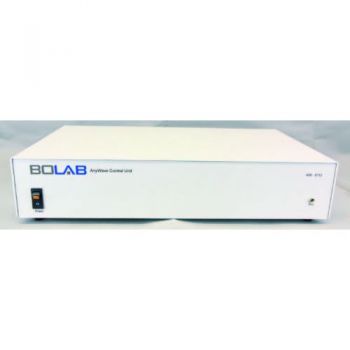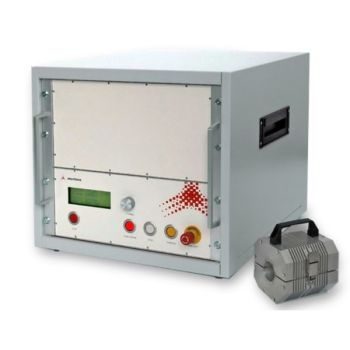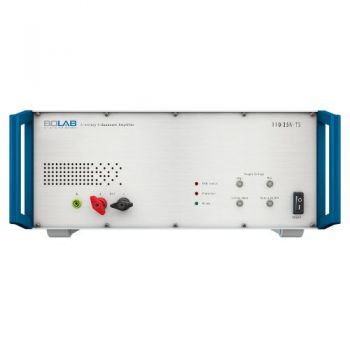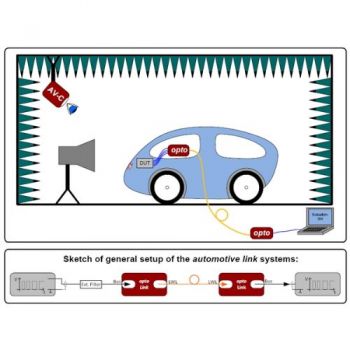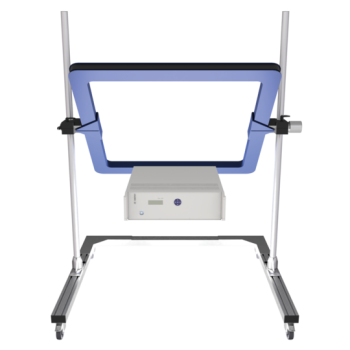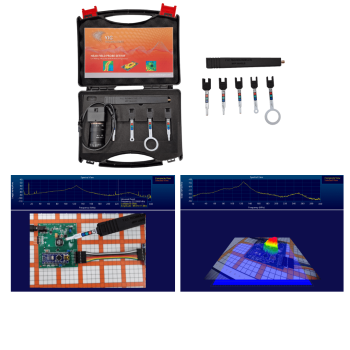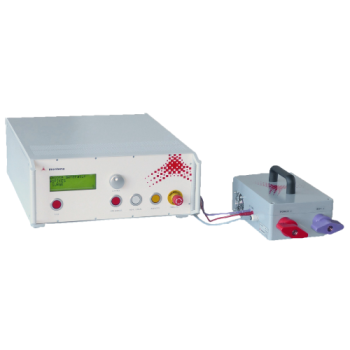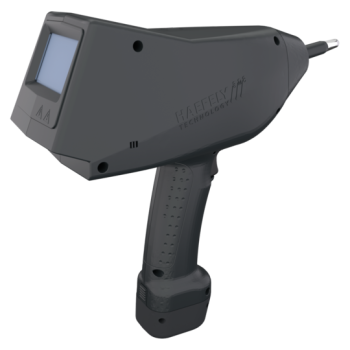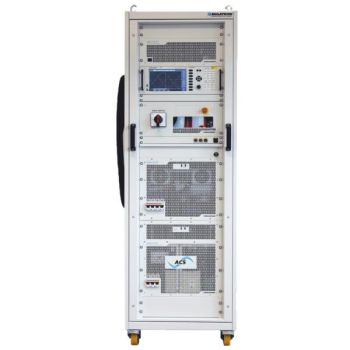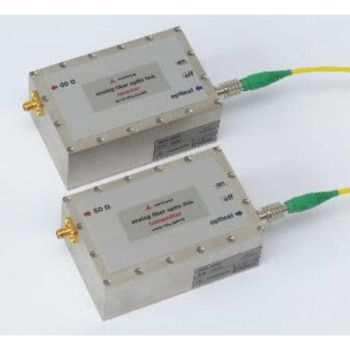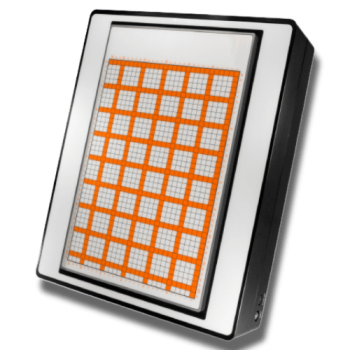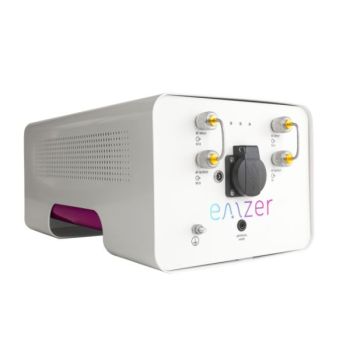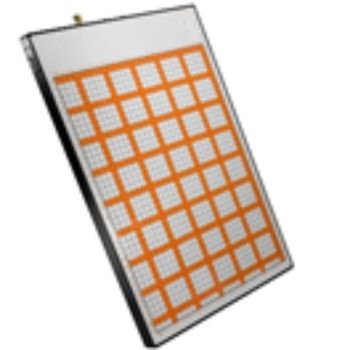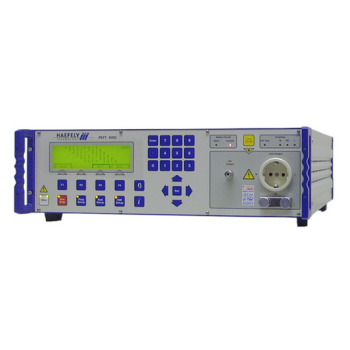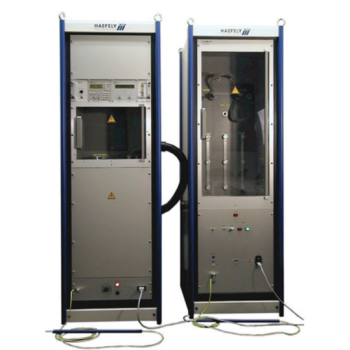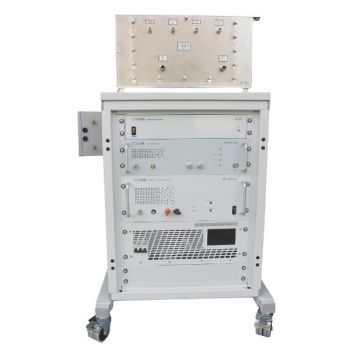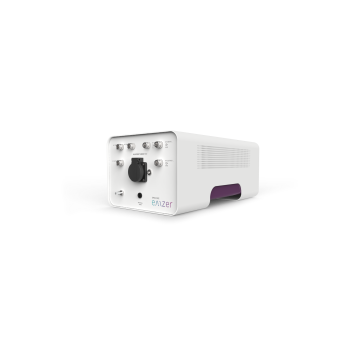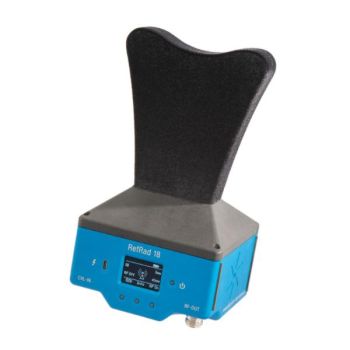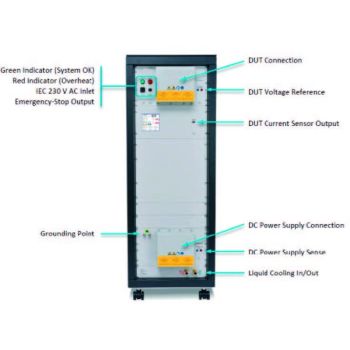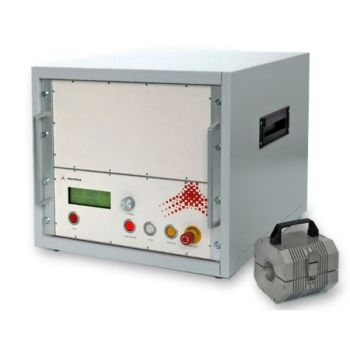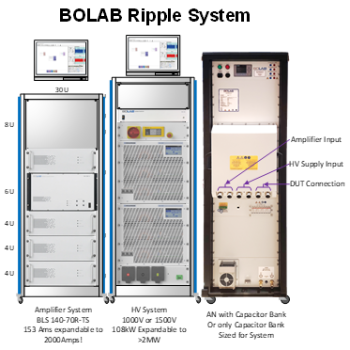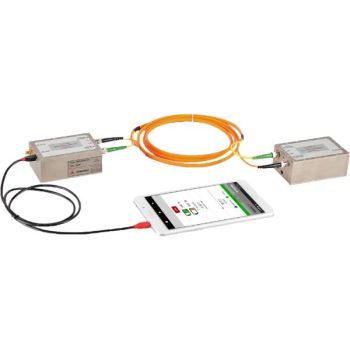Ground Planes in EMC: Materials, Considerations, and Best Practices
Ground Planes in EMC: Materials, Considerations, and Best Practices
Ground planes serve as critical reference surfaces in Electromagnetic Compatibility (EMC) testing and design. They help control currents, provide a stable return path, and reduce interference from both internal and external sources. Selecting the proper ground plane material is essential for ensuring reliable performance, minimizing corrosion, and meeting relevant industry standards (e.g., CISPR, MIL-STD, IEC).
Common Ground Plane Materials
Several metals are routinely used as ground plane materials. Key characteristics include electrical resistivity, availability, cost, corrosion resistance, and mechanical properties. Below is a summary table of commonly used metals in EMC for ground planes, referencing approximate resistivity values at room temperature (20?°C).
|
Metal |
Resistivity (Ω·m) |
Notable Characteristics |
|
Copper (Cu) |
1.68×10-8 |
- Very low resistivity, excellent conductor- Generally more expensive than Aluminum- Tinning can reduce corrosion with dissimilar metals |
|
Aluminum (Al) |
2.82×?10-8 |
- Low resistivity, cost-effective- Lightweight and readily available |
|
Galvanized Steel |
~1.7×10-7 |
- Steel coated with zinc for corrosion resistance- Higher resistivity compared to Cu/Al |
|
Stainless Steel |
7.2–7.4×10-7 |
- Excellent corrosion resistance- Much higher resistivity than Cu/Al |
Note: The above values and characteristics are approximate. Always consult manufacturer data sheets or material standards for precise specifications.
Selecting the Best Material
- Copper
- Pros:
- One of the best conductors (low resistivity).
- Compatible with many metals (except it may corrode if directly coupled with aluminum).
- Readily solderable and easy to form.
- Cons:
- Cost is usually higher than aluminum.
- Soft material, so may require additional mechanical support.
- Aluminum
- Pros:
- Low resistivity and more affordable than copper.
- Lightweight, making it easy to handle and fabricate into larger surfaces.
- Cons:
- Direct contact with copper can lead to galvanic corrosion.
- Oxide layer forms on the surface over time, which can affect electrical connectivity if not managed properly.
- Galvanized Steel
- Pros:
- Zinc coating provides rust protection.
- Mechanically robust and less expensive than stainless steel.
- Cons:
- Higher resistivity than copper or aluminum.
- Heavier, which can be a challenge in some test setups.
- Stainless Steel
- Pros:
- Excellent corrosion resistance.
- Mechanically strong.
- Cons:
- Higher resistivity and typically higher cost.
- More difficult to solder or weld (depending on the grade).
Corrosion and Dissimilar Metals
A critical consideration when using multiple metals in the same ground plane assembly is galvanic corrosion. Copper and aluminum, in particular, are dissimilar metals and will corrode if they make direct contact in the presence of moisture or other electrolytes. This can compromise conductivity and long-term reliability.
- Conductive Anti-Corrosion Compounds
If you must use copper and aluminum in the same structure, apply a conductive, anti-corrosion compound (commonly called “joint compound” or “conductive grease”) to the interface. - Tin-Coated Copper
Many braided copper ground straps are tin-coated. Tin is more compatible with aluminum, mitigating galvanic corrosion. Tin plating on copper also allows it to be safely used with most other metals. - General Metal Compatibility
- Copper usually pairs well with steel, brass, and itself without significant corrosion issues.
- Aluminum should generally be kept separate from copper unless proper surface treatments or coatings are applied.
Practical Recommendations
- Choose Aluminum for Large Areas
- Where weight, cost, and availability are key concerns—particularly for large test benches or enclosure walls—aluminum ground planes are often ideal.
- Use Copper for Critical Low-Impedance Connections
- Copper is advantageous for bus bars, grounding lugs, or any application where minimal contact resistance is required.
- Employ Proper Bonding Techniques
- Ensure all connections are secure, using mechanical fasteners designed for EMI/EMC applications (e.g., conductive washers, star washers).
- Apply Corrosion-Prevention Measures
- When combining dissimilar metals, use tin-coated copper straps or conductive compounds.
- Periodically inspect contact points, especially in humid or outdoor environments.
- Conform to Standards
- Verify selected materials meet local and international standards (such as CISPR, IEC, or MIL-STD) for EMC testing and compliance.
Conclusion
Ground planes are integral to effective EMC design and testing, serving as the backbone for controlling electromagnetic interference. While copper and aluminum remain the top choices due to their low resistivity and ready availability, each metal has its own trade-offs in terms of cost, mechanical properties, and corrosion behavior. By considering factors such as galvanic compatibility, material coatings, and proper bonding techniques, you can establish a durable, reliable ground plane that ensures consistent EMC performance over the long term.
Other metals:
|
Metal |
Resistivity (Ω·m) |
Notes |
|
Silver |
1.59×10-8 |
Highest electrical conductivity among metals |
|
Copper |
1.68×10-8 |
Standard conductor for wires and electrical components |
|
Gold |
2.44×10-8 |
Excellent corrosion resistance |
|
Aluminum |
2.82×10-8 |
Lightweight and widely used in power transmission |
|
Nickel |
6.84×10-8 |
Commonly used in alloys and plating |
|
Brass |
~6.00×10-8 |
Copper-zinc alloy; resistivity varies by composition |
|
Iron |
9.71×10-8 |
Base element for steel |
|
Carbon Steel |
~1.40×10-7 |
Varies with carbon and alloying elements |
|
A525 Galvanized Steel |
1.7 × 10−7 |
Steel with a zinc coating for corrosion protection |
|
Stainless steel, 405, 440A |
6.0 × 10−7 |
Ferritic (405) and high-carbon martensitic (440A) variants |
|
Stainless steel, 304 |
7.2 × 10−7 |
Common austenitic grade; used in a wide range of applications |
|
Stainless steel, 316 |
7.4 × 10−7 |
Contains molybdenum for improved corrosion resistance |
|
Stainless steel, 17-7PH |
8.3 × 10−7 |
Precipitation-hardened for high strength and good formability |
|
Zinc |
62.0 × 10−7 |
Often used as a galvanizing layer to protect steel from corrosion |
Click here to see all of our articles.

